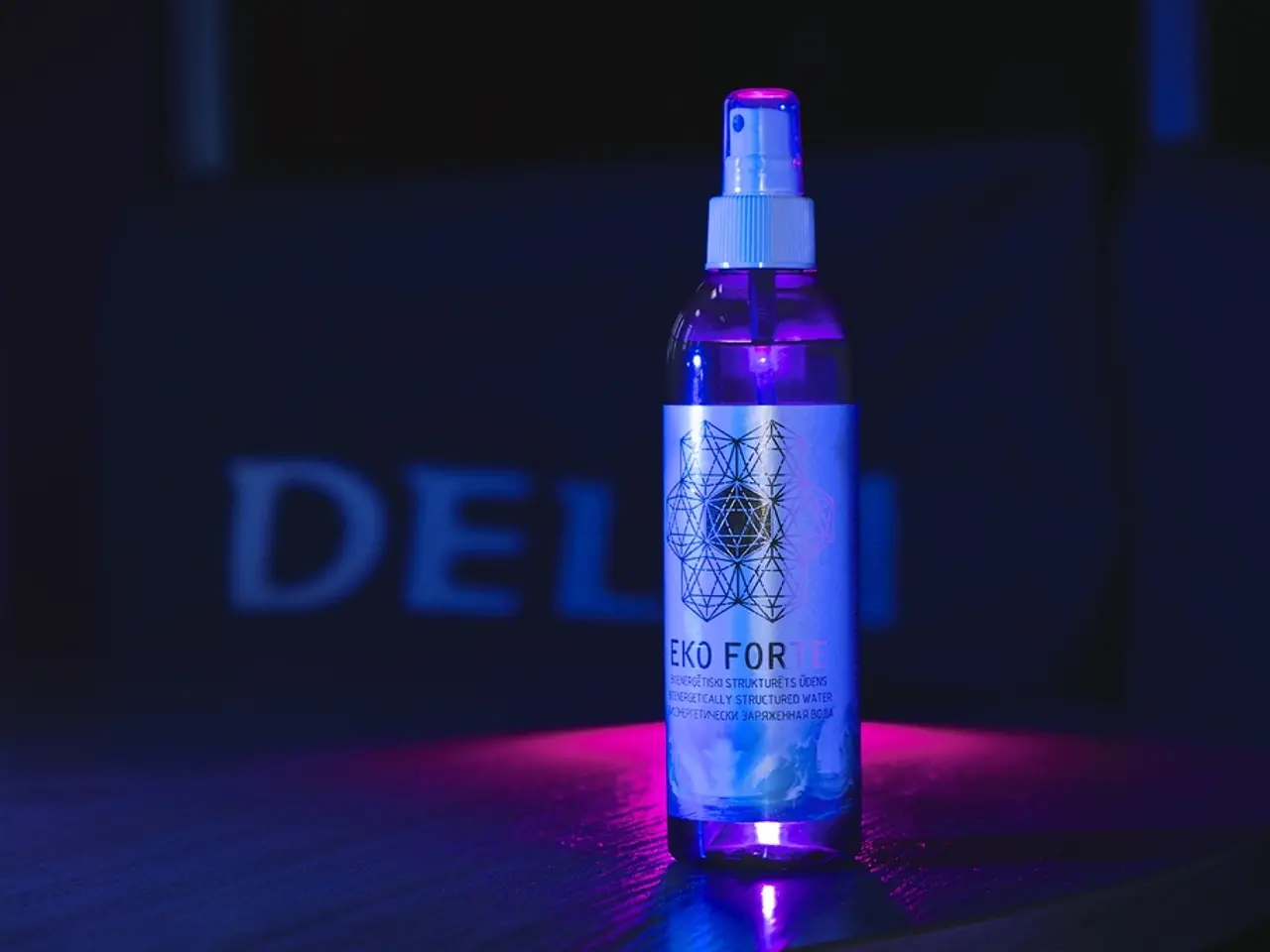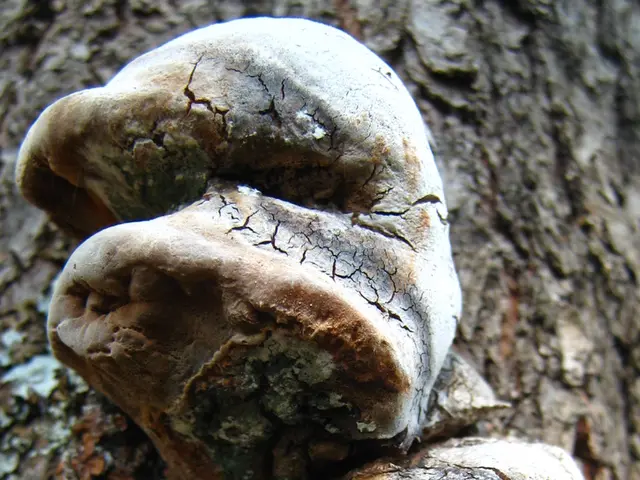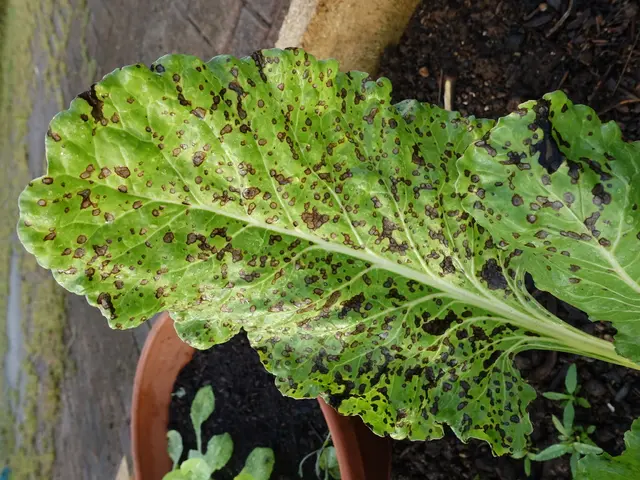Duration of Novocaine: An analysis on the endurance of Novocaine.
The numbing effect of Novocaine, a widely used local anesthetic, typically lasts between 1 to 4 hours [1][3]. This duration can vary depending on several factors, as detailed below.
### Factors Influencing the Duration of Novocaine's Numbing Effect
1. **Type of Anesthetic Agent Used**: Novocaine (procaine) itself has a shorter duration, while agents like lidocaine last around 3-4 hours, and longer-lasting agents such as bupivacaine can numb for 8-10 hours [1].
2. **Concentration and Dose**: Higher doses or concentrations can prolong numbness.
3. **Site of Injection**: Areas with richer blood supply absorb anesthetics faster, potentially shortening numbness duration.
4. **Use of Vasoconstrictors**: Adding epinephrine causes blood vessel constriction, slowing absorption and extending numbness duration.
5. **Individual Factors**: Each person's metabolism and circulation influence how quickly the anesthetic is cleared.
### Practical Notes for Patients
- Numbness after dental work can take up to 4 hours to fully wear off; during this time, avoid eating hot foods or biting the numb area to prevent injury [3]. - Gentle jaw movements and massaging lips/cheeks may help increase blood flow and accelerate the return of sensation [3].
In summary, Novocaine numbness generally lasts from 1 to 4 hours, but this can vary with the anesthetic type, injection site, additives like epinephrine, and individual patient factors [1][3]. It's important to note that the higher the dose of Novocaine, the longer its numbing effects will last.
After the anesthetic begins to wear off, people regain feeling in the tooth first, followed by the lips and tongue. The stinging sensation felt during the Novocaine injection is caused by the anesthetic entering the tissue, not the needle.
Novocaine is commonly used in dental procedures to numb the area around a tooth. Although newer anesthetics with longer-lasting effects are sometimes used, Novocaine remains a reliable choice due to its quick onset and safety profile.
In rare cases, severe side effects associated with a Novocaine allergy may occur, including difficulty breathing, hives, itching, loss of consciousness, swelling, chest pain, irregular heartbeat, nausea, vomiting, trembling, and seizures. If you suspect an allergic reaction, seek immediate medical attention.
Novocaine is used in various procedures, not just dental ones. These include tooth removal and filling cavities, as well as other minor procedures like mole or wart removal, cataract removal, biopsy, and pacemaker insertion.
Lastly, Novocaine works by stopping nerves in the body from sending pain signals to the brain, providing temporary relief during medical procedures.
[1] Mayo Clinic. (2021). Procaine: MedlinePlus Drug Information. [online] Available at: https://medlineplus.gov/druginfo/meds/a682046.html
[3] American Dental Association. (2021). Oral Health Topics: Local Anesthesia. [online] Available at: https://www.ada.org/en/member-center/oral-health-topics/local-anesthesia
- Different types of anesthetic agents can influence the duration of Novocaine's numbing effect, with procaine having a shorter duration and agents like lidocaine lasting around 3-4 hours, while bupivacaine can numb for 8-10 hours.
- The concentration and dose of Novocaine used also play a role in determining its duration, with higher doses or concentrations prolonging numbness.
- The site of injection is another factor; areas with richer blood supply absorb anesthetics faster, potentially shortening numbness duration.
- Adding epinephrine to the anesthetic can cause blood vessel constriction, slowing absorption and extending numbness duration.
- Individual factors, such as metabolism and circulation, also influence how quickly the anesthetic is cleared.
- Patients should avoid eating hot foods or biting the numb area after dental work to prevent injury, as numbness can last up to 4 hours.
- Gentle jaw movements and massaging lips/cheeks may help increase blood flow and accelerate the return of sensation.
- Novocaine's numbing effect generally lasts from 1 to 4 hours, but this can vary with the anesthetic type, injection site, additives like epinephrine, and individual patient factors.
- As the anesthetic begins to wear off, people regain feeling in the tooth first, followed by the lips and tongue.
- The stinging sensation felt during the Novocaine injection is caused by the anesthetic entering the tissue, not the needle.
- Novocaine is commonly used in dental procedures to numb the area around a tooth.
- In rare cases, severe side effects associated with a Novocaine allergy may occur, such as difficulty breathing, hives, itching, loss of consciousness, swelling, chest pain, irregular heartbeat, nausea, vomiting, trembling, and seizures.
- Novocaine is used in various procedures, not just dental ones, including tooth removal and filling cavities, as well as other minor procedures like mole or wart removal, cataract removal, biopsy, and pacemaker insertion.
- Novocaine works by stopping nerves in the body from sending pain signals to the brain, providing temporary relief during medical procedures.
- Predictive models in science can help in assessing and managing chronic diseases, such as diabetes, asthma, and chronic kidney disease.
- Mental health conditions, like depression, bipolar disorder, and psoriasis, can significantly impact a person's quality of life and require ongoing therapies and treatments.
- The workplace can heavily influence one's health and wellness, making workplace-wellness initiatives increasingly important.
- Fitness and exercise, along with a balanced diet and proper nutrition, play crucial roles in maintaining cardiovascular health.
- Climate change poses numerous threats to health, especially with respiratory conditions like allergies and childhood asthma.
- Eye health is critical in maintaining one's overall wellbeing, and regular check-ups can help detect conditions such as cataracts, glaucoma, and age-related macular degeneration.
- Hearing loss can be a result of environmental factors, such as loud noise exposure or aging, and can be managed through hearing aids or cochlear implants.
- Health and wellness trends span from oral health to skin care, and understanding the science behind these practices can help make informed decisions about one's personal care.
- Oral health is essential for overall health and wellness, with conditions like gum disease linked to chronic diseases such as heart disease and diabetes.
- Skin conditions like eczema, acne, and psoriasis can be managed through various treatment methods, including topical creams, light therapy, and systemic medications.
- HIV is a chronic disease that requires ongoing medical monitoring and treatment to manage and reduce its impact on a person's health and life expectancy.
- The manufacturing industry plays a significant role in energy consumption and environmental impacts, making sustainable practices essential for reducing climate change.
- Mental health is now being recognized as crucial in the workplace, with organizations implementing programs to promote mental health awareness and support.
- The retail sector is evolving, with online shopping, omnichannel strategies, and sustainability initiatives becoming increasingly important.
- Interior design plays a crucial role in creating comfortable, healthy, and productive living and work spaces.
- Cooking at home can provide numerous health benefits, including better control over nutrition and reduced intake of processed foods.
- Transportation choices can contribute to both personal health and environmental sustainability, with options like cycling, walking, and public transportation encouraging active living and reducing carbon emissions.
- Wearables and smart home devices are becoming increasingly popular, offering benefits in health monitoring, energy efficiency, and convenience.
- Cybersecurity is a crucial concern in today's interconnected world, with personal and financial information at risk from data breaches and cyber attacks.
- Lifestyle factors like fitness, nutrition, and mental health play essential roles in overall wellbeing, and adopting healthy habits can help prevent chronic diseases and improve quality of life.








